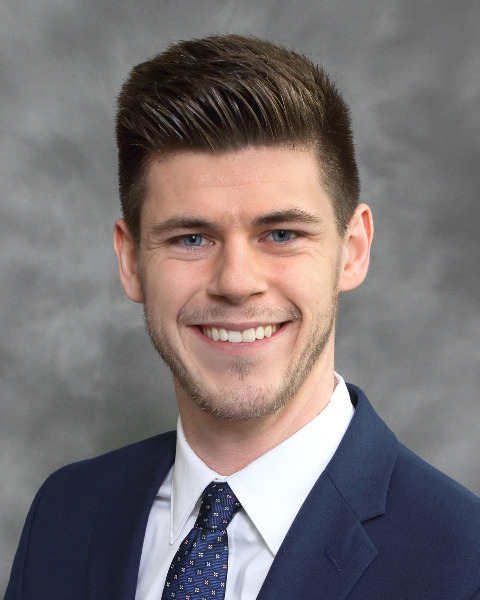SIR 2025
Pain Management/MSK
Scientific Session
Risk Reduction of Recurrent Osteoporotic Vertebral Compression Fractures after Vertebral Augmentation with Non-Alendronate Medical Management

Zachariah Hoell (he/him/his)
Medical Student
Medical College of Wisconsin, United States- WG
Wesley Glime, BA
Medical Student
Medical College of Wisconsin, United States - HZ
Helena Zaldivar Alcantara, MD
Faculty
Medical College Of Wisconsin, United States - JS
Joseph Shaker, MD
professor of medicine
medical college of wisconsin, United States - EZ
Erin Zepezauer, APRN
FNP, APNP
Froedtert and the Medical College of Wisconsin, United States - MH
Mustafa Haddad, MD
Assistant Professor
Medical College of Wisconsin, United States
Presenting Author(s)
Author/Co-author(s)
Materials and Methods:
A single-center retrospective chart review was conducted on patients who underwent MIPs for OVCFs between February 2019 and February 2024 at our institution. Patients over the age of 18 with OVCFs requiring MIP were included, while non-osteoporotic fractures were excluded. Data collected included demographics, medical history, procedural details, osteoporosis MM, and the incidence of recurrent OVCFs or additional MIPs.
A total of 375 patients were included (mean age 75.7 ± 11.4 years; 71.7% female), with lumbar (51.5%), thoracic (36.3%), or thoracolumbar (9.9%) OVCFs requiring MIP (48.5% kyphoplasty, 42.9% vertebroplasty). Osteoporosis MM included zoledronic acid (34.1 %), teriparatide (27.1 %), romosozumab (21.7 %), denosumab (10.1 %), abaloparatide (6.2%), or risedronate (0.8%). All patients were followed until the last visit or death, with a median follow-up of 13.6 months.
Categorical variables were analyzed using the Chi-square test. Independent samples t-tests compared continuous variables. Poisson regression was used to calculate incidence rate ratios (IRRs). Significance was set at p < 0.05.
Results:
Baseline demographic, fracture, and procedure details showed no significant differences between patients who received MM and those who did not. Post-procedure, 44.7% of patients had ≥1 repeat OVCF and 34.4% received MM, which was initiated at a median of 4.65 months following the index procedure. Of note, 25% of patients had repeat OVCF within 1 month of starting MM.
Among those who began MM, 16.3% had ≥1 repeat OVCF, compared to 36.7% of patients who did not receive MM (p< 0.001). The incidence rate of repeat OVCFs after starting MM was 0.069 fractures per person-year, versus 0.34 fractures per person-year before or without MM (IRR = 4.88, 95 % CI: 3.11-7.99, p < 0.0001).
Conclusion:
Our analysis demonstrated that patients with OVCFs requiring MIPs who did not receive MM for osteoporosis had nearly 5 times the risk of having another OVCF compared to those who did receive MM. This emphasizes the importance of adequate osteoporosis management in patients after vertebral augmentation in order to prevent recurrent compression fractures.


.jpg)